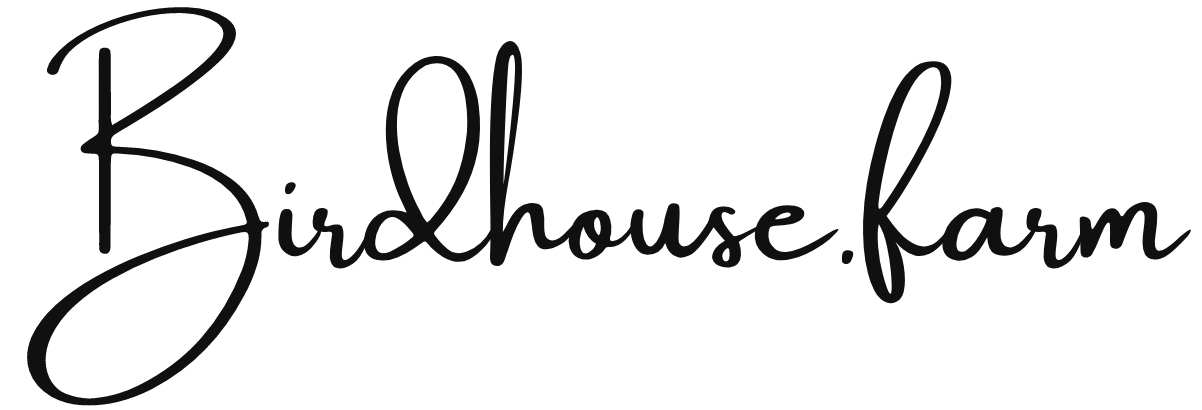Harnessing the Power of Native Plants for a Thriving Ecosystem
At the Restoring Nature Alliance, we believe that every yard has the potential to become a vibrant, thriving ecosystem. One of the simplest yet most impactful ways to achieve this is by incorporating native plants into your garden. But why are native plants so powerful?
Native plants have evolved to thrive in the specific conditions of your region. They are perfectly adapted to the local climate, soil, and wildlife, making them resilient and low-maintenance. More importantly, they provide essential resources—like food and shelter—to the local wildlife that depend on them, from pollinators like bees and butterflies to birds and beneficial insects.
When you plant natives, you're not just adding beauty to your garden; you're creating a miniature ecosystem that supports biodiversity. A garden filled with native plants will attract a variety of wildlife, turning your outdoor space into a lively haven. Plus, native plants often require less water and fewer chemical inputs, making them an eco-friendly choice.
Easy Tips to Incorporate Native Plants into Your Garden Today:
Start Small: Begin with a few native perennials or shrubs. Look for plants that thrive in your local conditions and suit your garden’s sunlight and soil.
Choose Pollinator-Friendly Plants: Opt for flowering natives like coneflowers, milkweed, or goldenrod that attract bees, butterflies, and other pollinators.
Create a Native Plant Corner: Dedicate a section of your garden to natives. Over time, you can expand this area as you see the benefits.
Visit a Local Nursery: Many nurseries now offer native plants. Ask for advice on the best species for your garden.
Go Pesticide-Free: Native plants are naturally resilient. Avoid using pesticides to let your garden's ecosystem flourish.
By incorporating native plants, you’re taking a significant step toward restoring nature right in your own backyard. Let's grow together!

